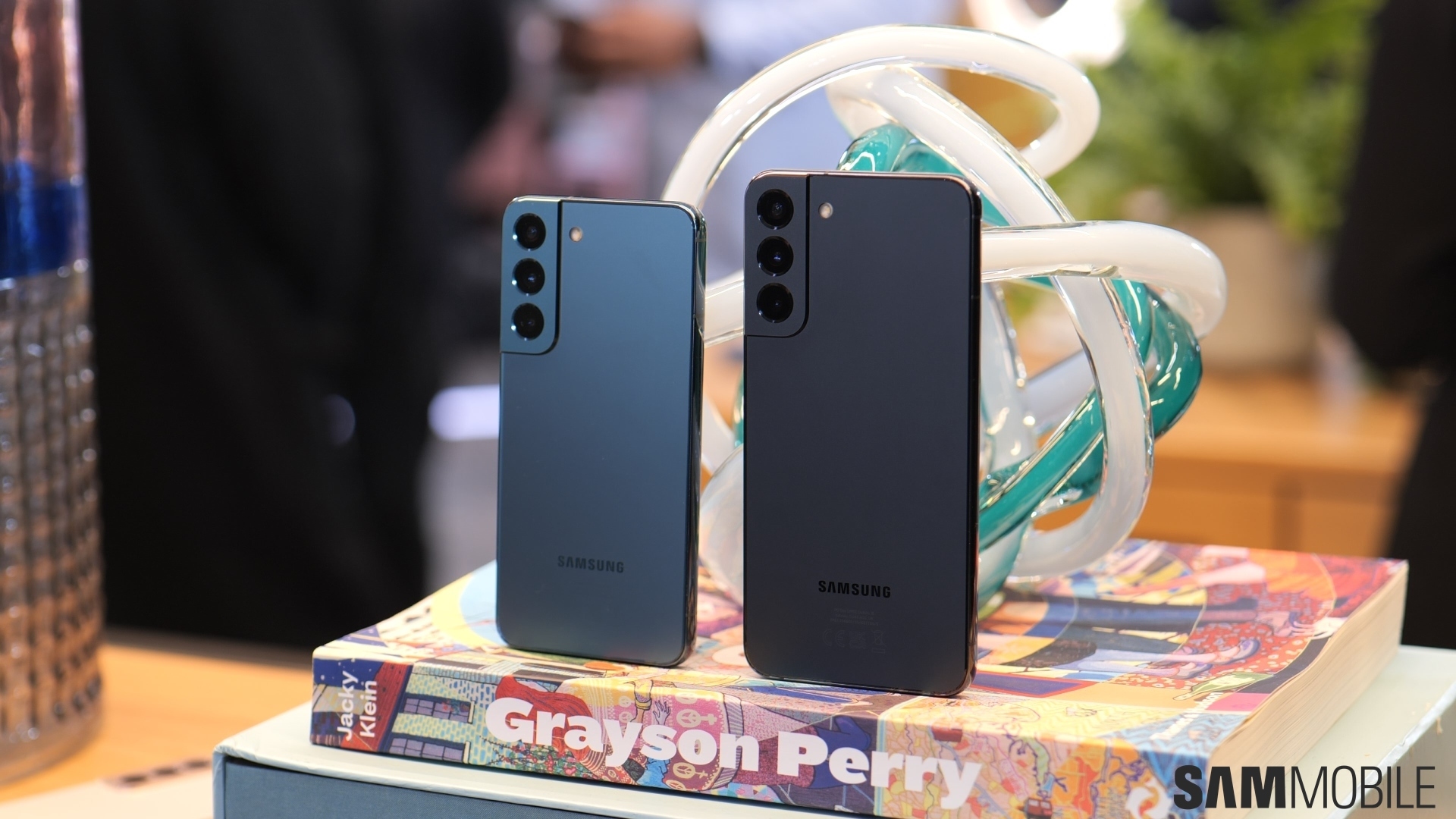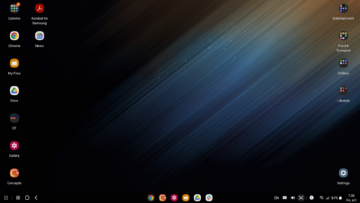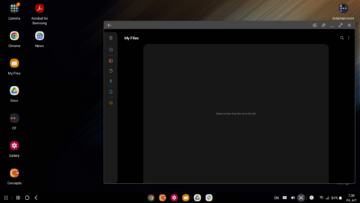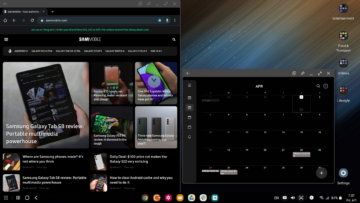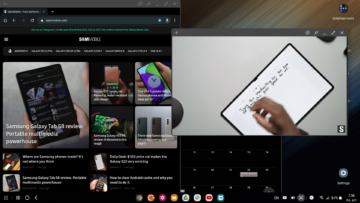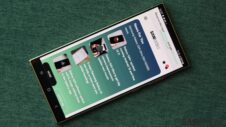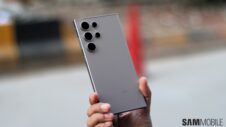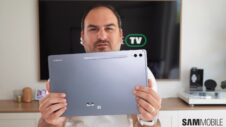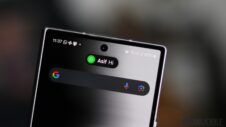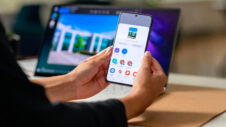Most U.S. smartphone customers that used to buy Google Nexus phones knew what they were signing up for, i.e., mobile devices made for Android enthusiasts who wanted access to the purest form of Google's mobile OS for a relatively low price. Perhaps the same can be said for most Google Pixel customers today, but I believe the Pixel line — and Android, as a result — has a broader reach than the Nexus series did many years ago. Android OS is probably a more viable option for iPhone users than before — at least for those who may want to experiment with Google's platform after all these years.
However, the biggest Android OEM in the United States, as of Q4 2021, was Samsung, not Google. Samsung's low-to-mid-range phones have helped those shipments, but the company is also selling flagship and foldable premium phones. We can try to explain the brand's popularity through Samsung's product diversity, but I believe there is something else. After all, other Android OEMs have tried to emulate Samsung's business model and lineup before; however, the Korean tech giant remains the most popular choice among Android smartphone customers in the U.S.
With that in mind, I believe that Galaxy, not Pixel, is the right choice for iPhone users or for prospective smartphone buyers that don't want iOS and may want to experience Android at a high-end level. We could sit here and compare Samsung and Google specs and cameras for a long while, but instead of doing that, I believe there are at least a couple of other reasons worth discussing.
Samsung's trade-in program is more rewarding
First things first, getting to own an Android flagship phone is generally easier if Samsung is your brand of choice for a simple reason. Namely, Samsung's trade-in program is usually more rewarding than Google's.
For example, as of right now, Google offers $450 in exchange for the iPhone 12 Pro Max when you buy the Pixel 6 Pro — which is the company's latest model, released in October.
Meanwhile, Samsung offers you $570 for the iPhone 12 Pro Max if you trade it when you buy the Galaxy S22, Galaxy S22+, or Galaxy S22 Ultra. The same is true for other models and brands, so, back to the original point, Samsung's trade-in values are usually better than Google's.
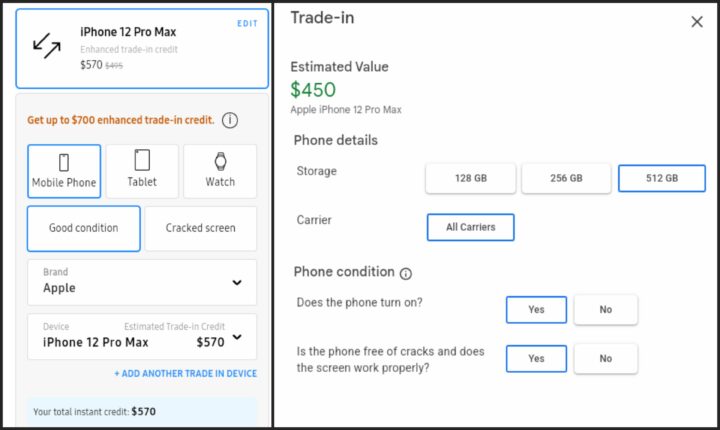
Samsung will soon let you DIY repair your own smartphone
Whether you're an Apple customer or not, you probably heard about the latter company's policy on third-party repairs or DYI. In short, Apple doesn't want you to repair your own stuff, which hurts customers and small businesses alike. But, in a surprising move, Samsung recently announced it is launching a Galaxy self-repair program this summer.
The Galaxy S22 series is not on that list yet, but the self-repair program will support more devices soon. The program was designed in partnership with iFixit, a popular online resource for repair guides and parts.
So, starting this summer, Galaxy smartphone and tablet users in the U.S. will have the option of repairing their own mobile devices using genuine parts, tools, and online step-by-step guides. No other major OEM offers this level of support for DYI but Samsung.
Samsung's level of firmware support is unmatched even by Google
Samsung's latest flagship phones (and select mid-range models) are guaranteed to receive four major Android OS upgrades and up to five years of security patches. That's unheard of in the world of Android OS, even for Google and its customers.
Google offers only three Android OS upgrades for its latest Pixel 6 series, so, in a way (at the very least), Samsung's phones are more true to Android OS than Google's. It's a weird situation, considering that Google is the creator of Android OS, but Samsung is somehow offering better firmware support.
It's not just Android OS, though. Samsung is also beating Google with security patches month after month. So, you don't want an iPhone but wish for a secure mobile device? Galaxy is the way. You get security patches every month, and you get them before every other Android smartphone brand, Pixel included.
Samsung's take on Android 12, a.k.a. One UI 4.1, is pretty good
Android 12 is the latest version of Google's mobile OS, and One UI 4.1 is Samsung's proprietary skin for it. But it's more than just a different look for Android 12. One UI 4.1 and Samsung's suite of apps offer a unique experience, and there are many things about One UI that I love beyond its aesthetics.
And, yes, we're well aware of the recent performance and stability issues present on the Galaxy S22 series running One UI 4.1, and I'm hoping that Samsung will address them soon. Then again, perhaps some of these issues would have never even existed had it not been for the whole GOS controversy (and later, presumably-rushed GOS patch), which, in my opinion, should have never been in the first place.
But I digress, so let's go back to the main plot. Namely, One UI 4.1 is fantastic, save for some stability issues (at least on the Galaxy S22 series) that Samsung should address at some point in the future.
Most of Samsung's apps are well thought out, from the simple Calendar and Clock to things like Samsung Health and Samsung Notes. And although I'm probably in the minority among Galaxy smartphone customers, I really love the idea of Samsung DeX — a desktop-like environment baked into One UI. I use the Galaxy S22+ as my workstation, thanks to DeX, and it meets my requirements just fine.
Mind you, the phone you carry in your pocket (and even your tablet) will not replace your fan-cooled desktop PC for the most demanding tasks imaginable. But if you manage your expectations, I think Samsung DeX is just fine for office work — assuming you're up to learning a new and relatively strange workflow.
Without DeX, i.e., when using your Galaxy phone as a phone rather than a desktop or laptop replacement, One UI 4.1’s design is pretty darn good. I think it's beautiful, and perhaps I may have gotten used to it, but everything flows naturally. And, when in doubt, I use the search function, which can lead me to the desired setting, app, contact, and more.
Bixby Routines is another personal favorite feature unique to Samsung's One UI in that it lets you create IFTTT (If This Then That) automated commands for your Galaxy phone. These Routines can be preset to change UI elements based on your location or the time of day. Or you can automate your Galaxy phone to launch your favorite apps or perform various commands when the criteria you've preset in Bixby Routines are satisfied.
One UI 4.1 is a unique part of using a Galaxy smartphone. And although Google offers its own experience through the Pixel series, many of us prefer the Samsung way of interacting with Android OS for various reasons, from the Camera UI and apps like Expert RAW to things like Smart Widgets. These were some of mine. Feel free to share yours in the comment section or our social media channels, and check our One UI 4.1 video below for an overview of the latest features.
Join SamMobile’s Telegram group and subscribe to our YouTube channel to get instant news updates and in-depth reviews of Samsung devices. You can also subscribe to get updates from us on Google News and follow us on Twitter.
